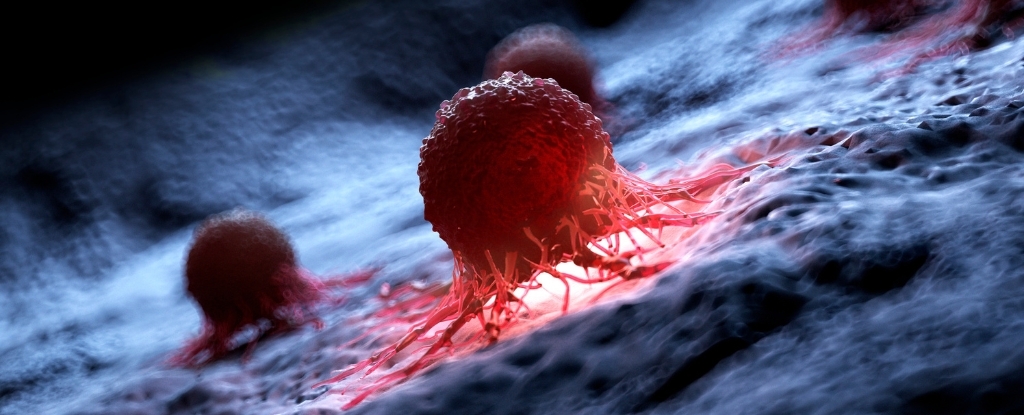The National Institute of Ocean Technology (NIOT) has embarked on significant exploratory trials in the Andaman Sea using the Varaha-3, a specialised seabed mining machine. These trials, which took place at a depth of 1,193 metres, are part of India’s broader initiative to explore and harness ocean resources responsibly. The Geological Survey of India previously surveyed the trial locations, identifying them as potential hotspots for valuable mineral resources, particularly polymetallic nodules.
Successful Collection of Nodules
During the trials, Varaha-3 effectively gathered polymetallic nodules ranging in size from 60 to 120 mm. These nodules contain essential metals such as nickel, cobalt, and copper, vital for various industries, particularly those focused on renewable energy and electric vehicle production. The successful collection represents a notable advancement in India’s capabilities for deep-sea mining.
Sustainable Practices and Future Prospects
The design of Varaha-3 emphasises efficiency and minimisation of environmental impact, aligning with India’s commitment to sustainable ocean resource management. As part of the Deep Ocean Mission, the Indian government has made significant investments in developing advanced technology for deep-sea exploration. This includes an integrated mining system aimed at enhancing the efficiency of nodule extraction and transportation.
Concluding Remarks
These exploratory trials not only showcase the technical proficiency of the Varaha-3 but also pave the way for potential commercial mining operations in the future. With ongoing research and innovation, India is positioning itself to lead in sustainable seabed resource extraction, contributing to the global demand for critical minerals essential for clean energy technologies.





